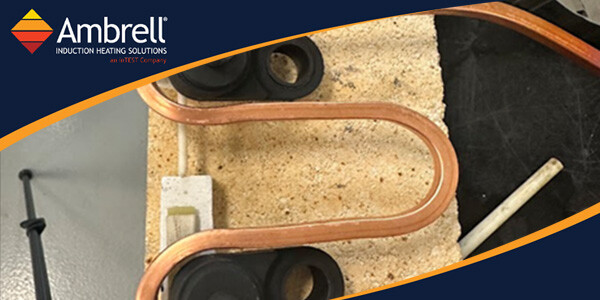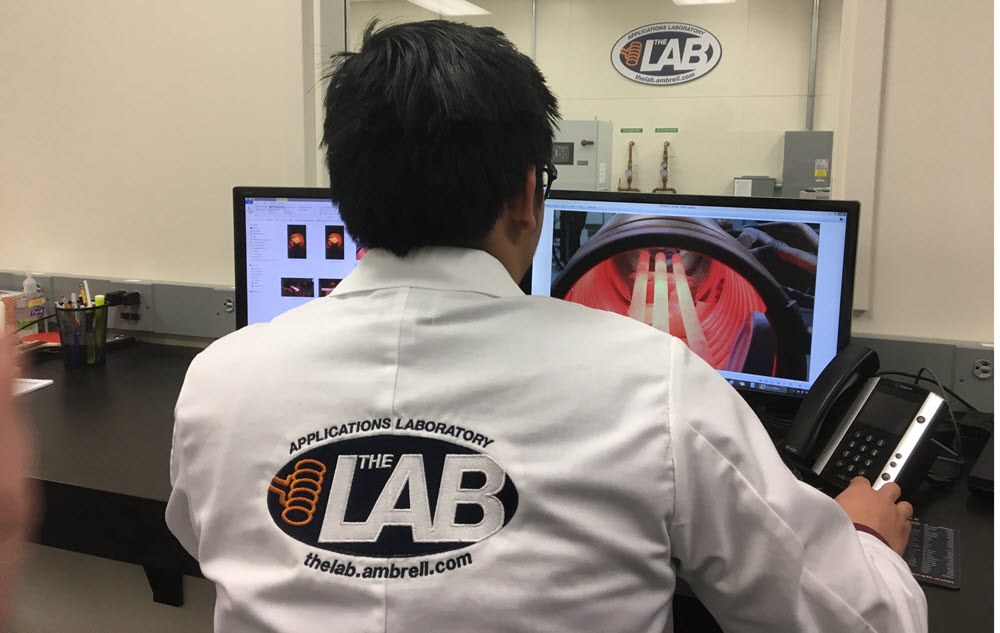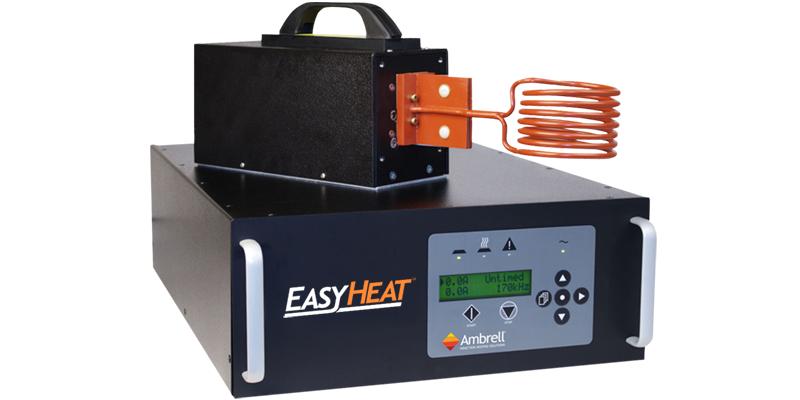Heating Copper Parts for a Burn-Off Application
Objective A battery manufacturer needed to heat battery lugs for a burn-off application. They required a 20-second cycle time, so speed along with...
APPLICATIONS
APPLICATIONS: More
APPLICATIONS: More
APPLICATIONS: More

INDUSTRIES
INDUSTRIES: More
INDUSTRIES: More
INDUSTRIES: More

PRODUCTS
PRODUCTS: More
SERVICES: More

LEARN
LEARN: More
ABOUT

1 min read
Brett Daly
1/31/18 9:30 AM


Benefits
We've already discussed some benefits of the induction forging process; specifically, its controllable processes and energy efficiency. However, there are many more benefits that most people aren't quite aware of. For example, unlike other types of heating, induction forging does not create any harmful or toxic byproducts when the process is complete. It's a completely clean process that does not contribute to environmental waste. No smoke or toxins are created as a result of induction forging.
Furthermore, part of the answer to the question, "How does forging work?" includes the element of consistency with results. When all is said and done, the process is highly controllable, which means it can be easily and quickly repeated time-after-time with little-to-no change in the result. There's nothing unexpected or surprising about induction forging because there's no guesswork involved. Such uniform results help to prevent the need for post-forging machining.
Additionally, induction forging causes high temperature rises, ensuring that each component reaches its necessary temperature quickly and efficiently. This reduces the scale as well as the possibility for surface defects of the material upon completion.
Bar End Heating
Bar end heating is a type of forging in which only a portion of the bar is forged. These applications typically include hot heating of bolts and some mining tools. For example, the end of a bar might be heated and then hot heated to create a large fastener. Bar end heating is very similar to induction forging.

Objective A battery manufacturer needed to heat battery lugs for a burn-off application. They required a 20-second cycle time, so speed along with...

Materials science is about understanding the intricate relationship between a material's structure and its properties. From the strength of steel to...

Objective A supplier of automotive parts needed to heat steel inserts to be placed into a plastic frame. They turned to THE LAB at Ambrell to see if...